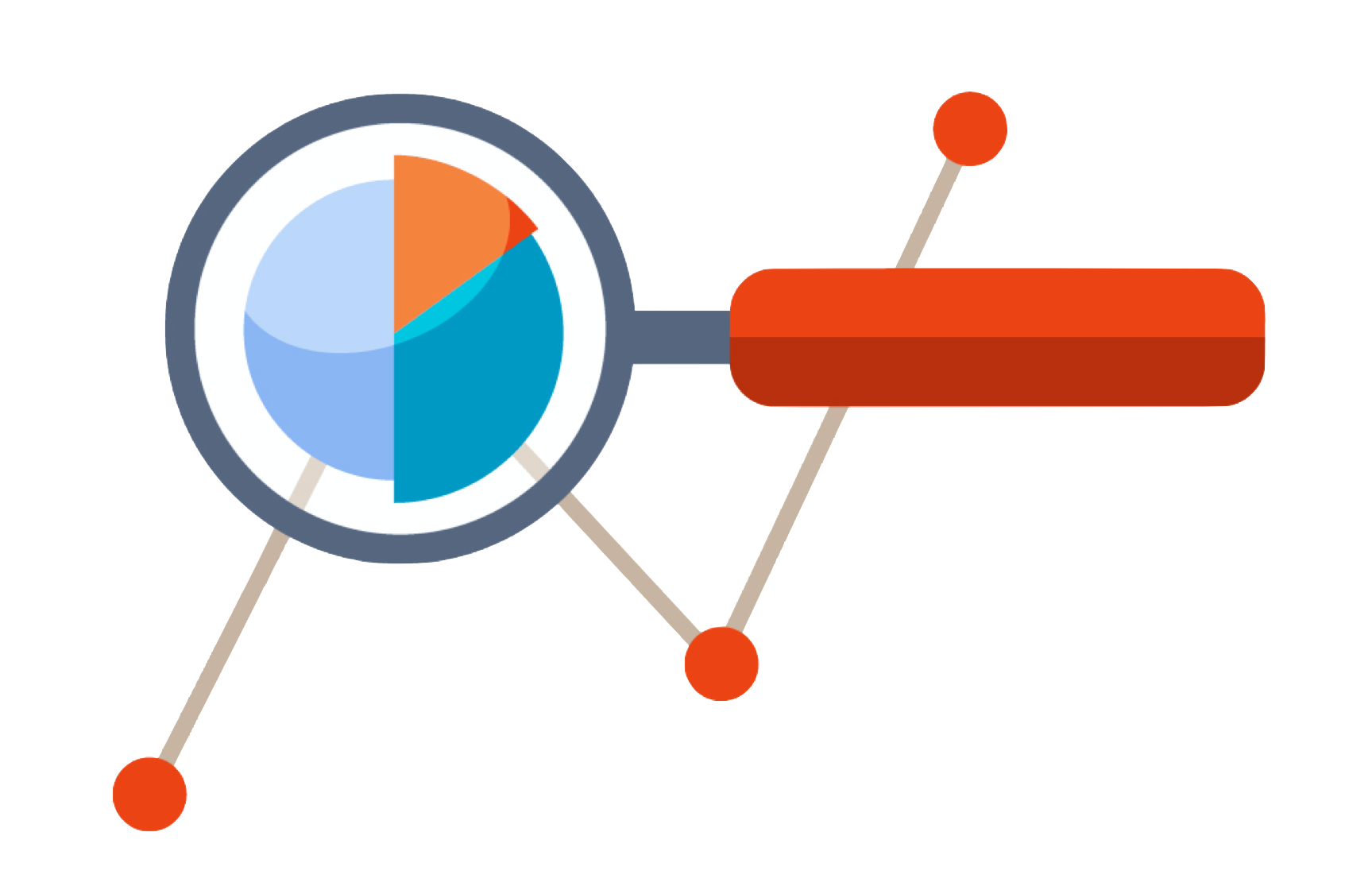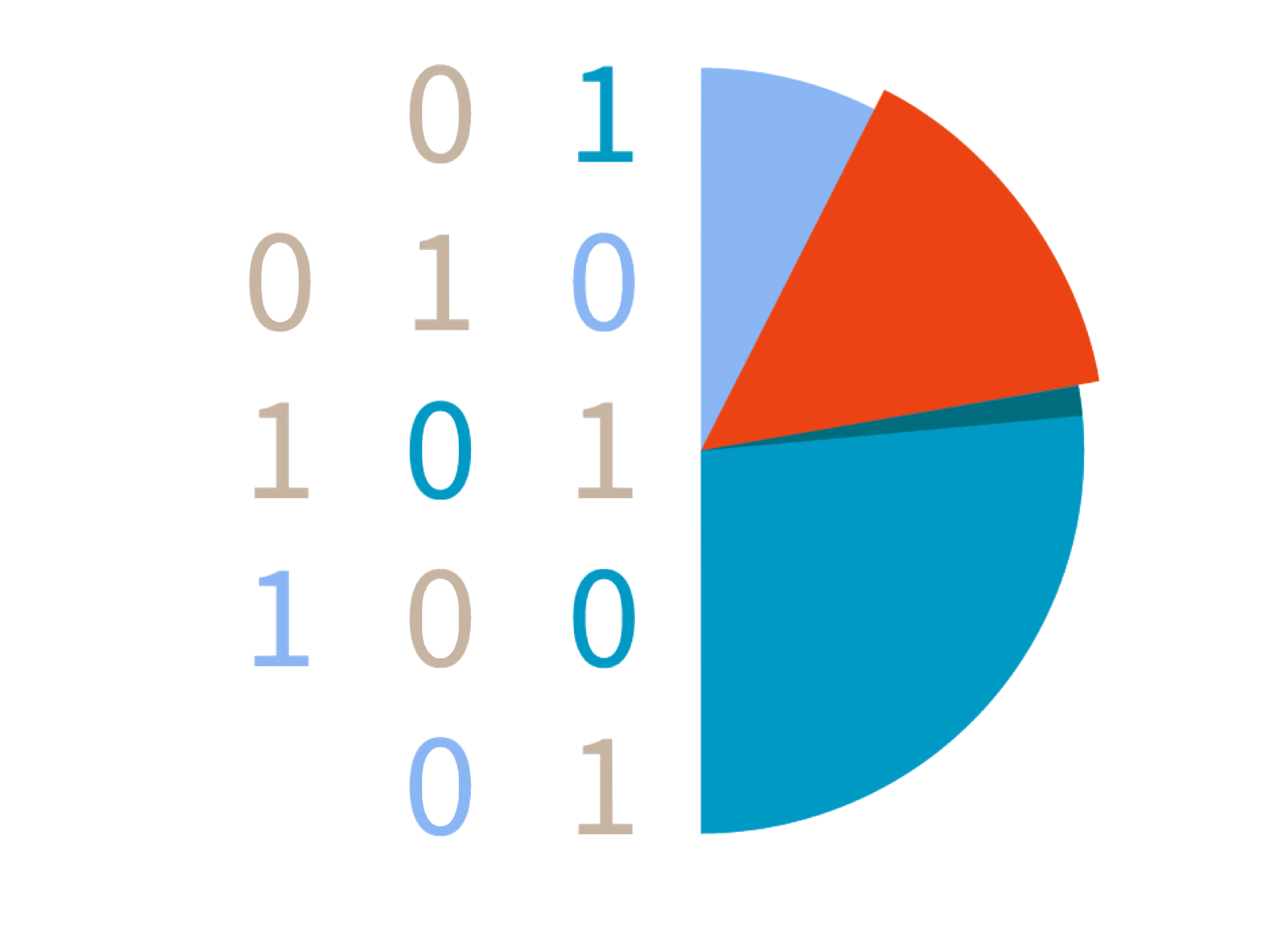What is Machine Learning?
Before we get into machine learning applications in the world of boilers, let’s try to understand what machine learning is and what principles it is based on.
First of all, let’s start with the definition: machine learning is a field of study in modern computer science dedicated to the design of algorithms that have the ability to make decisions autonomously.
This represents a paradigm shift in the world of programming and particularly in the area of systems modelling, giving machines the ability to deal with new situations and make decisions based on the data accumulated up to that point.
Thanks to this change of pace in the world of computing, it will no longer be necessary to program control algorithms that know how to deal with each situation in advance, but simply provide it with a guideline and let the machine learn as it goes along, like a child.
Imagine in fact having to program a complex system; with machine learning techniques it is possible to drastically reduce the human design effort and leave it to the machine to find the best possible approximation.
At the end of the learning phase, we will then have obtained a model whose goal is to perform a specific task based on previous experience.
Machine Learning applied to the world of boilers:
- The Basics of Machine Learning
- Three types of Machine Learning applications
- Supervised learning
- Unsupervised learning
- Reinforcement learning
1. The Basics of Machine Learning
As we have seen, machine learning bases its operation on experience and the possibility of analysing the different parameters that make it up. This translated means data, data and data.
The data set represents the reservoir from which machine learning algorithms draw the necessary information.
We can think of this resource as a fluid lake of information (Data Lake) which is composed of a series of tributaries.

These are the sources of the information, or rather the entities such as plant data acquisition cards, remote weather services and other data streams of interest identified to solve the specific problem, in detail this represents the set of Big Data.
We have all heard of Big Data in some discussion on innovation. One aspect, however, that is not discussed as much in connection with Big Data, is that of Data Cleaning/Cleansing.
While having a large database is a necessary condition for a Machine Learning algorithm to work, it is not sufficient.
For the algorithm to work efficiently and without errors, the data must be cleaned and refined, almost like a water purification system.
In fact, the quality and consistency of the data provided to the ML algorithms influences the performance and the possibility of errors that the model itself may make in the future.
That is why data refining, or Data Cleaning/Cleansing, is crucial within the whole process.
2. Three types of Machine Learning applications
Now that we have seen what machine learning is, let’s take a look at the main application techniques.
They can be divided into 3 macro categories:
- Supervised learning
- Unsupervised learning
- Reinforcement learning
a. Supervised learning
Supervised-learning techniques are the most widespread and apply to the widest and most diverse scenarios.
 They are based on the ability to “instruct” an algorithm to autonomously make predictions about the output values of a system with respect to an input, based on a set of ideal examples consisting of input and output pairs provided to it initially.
They are based on the ability to “instruct” an algorithm to autonomously make predictions about the output values of a system with respect to an input, based on a set of ideal examples consisting of input and output pairs provided to it initially.
This relative simplicity of configuration is reflected in application by providing a tool capable of mimicking the dynamics of the data used for learning.
To get an idea of the vastness of the applications of machine learning in supervised-learning, just think that every time a corrector suggests a word to us, that word is the result of an SL algorithm whose data comes from our habits learned by the system over time.
Exploiting the large amount of data that was previously unused and processing it opens up numerous application scenarios such as the autonomous driving of vehicles.
There are also numerous possible initiatives in the field of heat generation, such as creating regression models that describe the operation of heat generators.
The result is a digital twin of the individual machine that can be used for diagnostic functions, observing the deviation of operating parameters and planning much more accurate preventive maintenance.
Or even in the design field, through interventions to improve the performance of plants and their functionality in relation to the unique characteristics of each customer.
b. Unsupervised learning
Like supervised learning, unsupervised learning bases its operation on a set of input data.
 Unlike supervised learning, however, they are not first categorised manually but the algorithm is left free to classify them according to common characteristics.
Unlike supervised learning, however, they are not first categorised manually but the algorithm is left free to classify them according to common characteristics.
A typical application example is the evaluation of component failures, where one has a large amount of data during normal component operation but at the same time no or limited availability of certain information on component failure.
So how is it possible to get information on the structural health of the device during regular operation?
Thanks to machine learning algorithms in unsupervised learning, it is possible to study the behaviour of the component during its life and using stochastic data mining methods, it is possible to ascertain the health of the component and intervene in order to avoid complete failure.
c. Reinforcement learning
Unlike the previous two types, reinforcement does not necessarily rely on the presence of a data set.
Instead, the algorithms, or agents, control the process by choosing the action that maximises the reward they receive, on a case by case basis.
By observing the result obtained in the environment, the agent thus improves its control capabilities.
This extreme adaptability is a feature that is also widely exploited in the field of thermal engineering.
Probably the most famous application are the thermostats developed by Nest labs of the Google group; these integrate RL algorithms to control domestic heating systems to ensure maximum thermal comfort and minimise energy waste through continuous learning over time.
A similar approach is applicable to industrial and residential boilers, improving their control.
Here too we find a total paradigm shift in the area of control, expanding to information from the entire complex and managing the system more faithfully, thus ensuring “thermal comfort” and promoting a reduction in climate-altering emissions.
